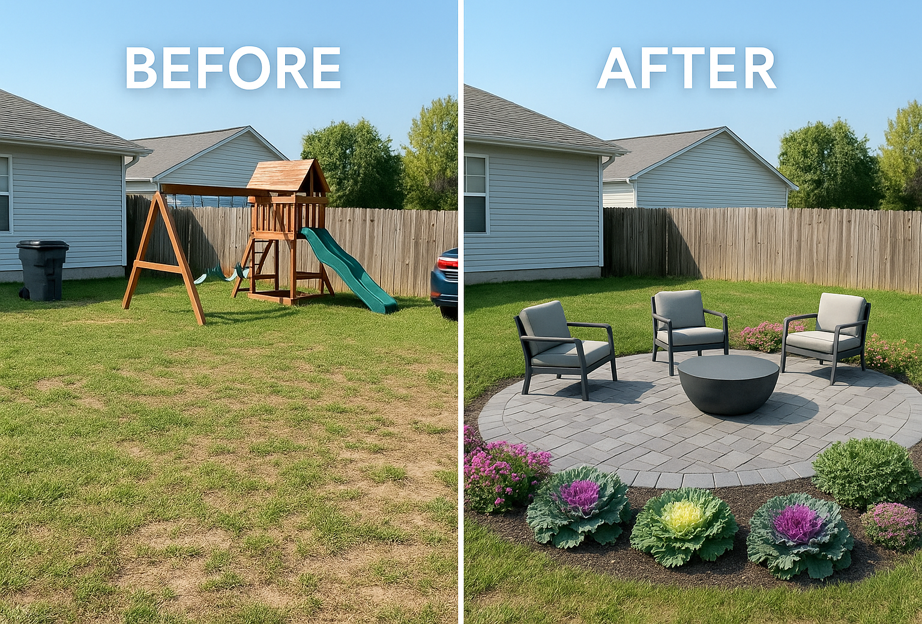
Many palm trees are slow growers, but the King Palm Tree can help fill in an area quickly. The King Palm is a remarkably fast grower, growing 3 feet (1 meter) or more annually. This palm tree can live up to 150 years, which is a positive feature in city and urban areas that need less tree replacement and more consistent growth.
While the King Palm Tree requires a bit more pruning than the average palm tree, the reward is that it can accept harsh conditions with ease. It often tolerates urban and city pollution, drought, and even flooding and poorly drained areas.
Plant Profile for the King Palm Tree (Archontophoenix alexandrae)
Also known as: Alexander palm, Alexandra palm, King Alexander palm, Northern Bangalow palm, Step palm
Plant Description: The King Palm is a stately tree with tropical looking leaves that can be up to 10 feet (3 meters) long. The tree originates from a rainforest located along the Eastern Australian coastline called Littoral Rainforest and tolerates water better than most palms. Its trunk is “ringed” with stair-step style leaf scars. Flower clusters can grow to more than 3 feet (1 meter) in diameter and are problematic when they drop red fruit due to their messiness. Special Note: Some wet tropical areas such as Hawaii consider this tree a high risk invasive.

Plant Type: Palm tree
Sun/Shade: Full sun to shade
Cultivation: Plant in average or sandy soil, but make sure it is quick draining. Can be sensitive to transplanting. Does not tolerate dry heat or salt. Once adapted to its planting area, the King Palm can tolerate a bit of drought, urban pollution, as well as flooding and poorly drained areas. Fruiting clusters are heavy and can fall off the tree and injure people, so it is recommended to prune immediately after fruiting.
Height: 50 to 82 feet (15 to 25 meters)
Width: 10 to 16 feet (3 to 5 meters)
Bloom: Crème colored stalks, purple flowers
Bloom Time: Seasonal
Origin: Australia
Zones: Zone 10b, zone 11
Wildlife: Birds
Landscape Uses: Ornamental gardens, Specimen tree, Tropical gardens, Mass planting, Urban gardens
Special Features: New leaves can be bronze-colored when they emerge, which makes an ornamental presentation.
Download iScape now and learn about all types of palm trees that will fit perfectly into your landscape design. iScape it!






